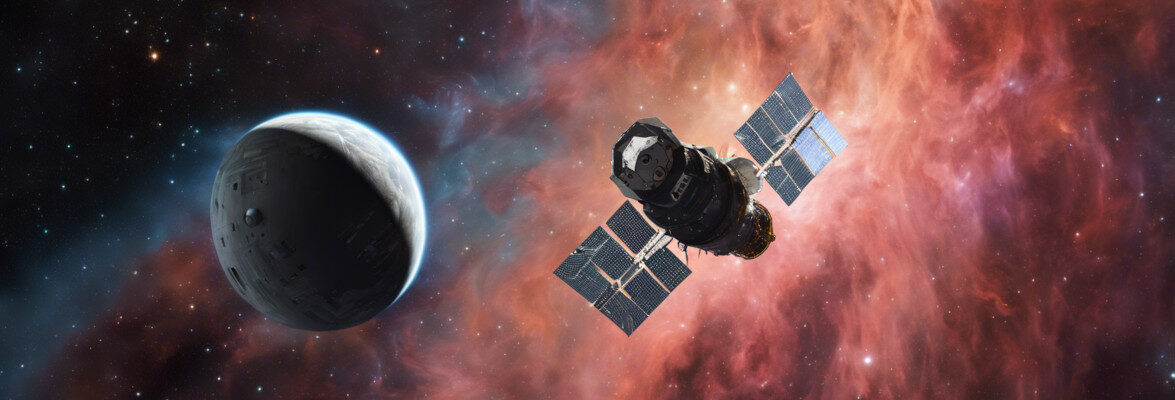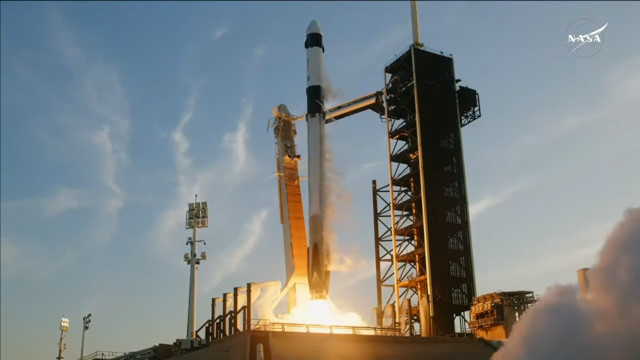
Mission Crew-9 accomplished: the SpaceX Crew Dragon Freedom spacecraft has come back to Earth
A few hours ago, SpaceX’s Crew Dragon Freedom spacecraft concluded its Crew-9, or SpaceX Crew-9, mission for NASA by landing without problems. On board were astronauts Nick Hague and cosmonaut Alexander Gorbunov, who reached the International Space Station on September 29, 2024, and were part of Expedition 72, along with astronauts Suni Williams and Butch Wilmore, who reached the International Space Station on Boeing’s Starliner Calypso spacecraft on June 6, 2024, and were part of Expedition 71/72. The original members of the Crew-9 mission completed SpaceX’s 9th regular crewed mission of in the Atlantic Ocean, off the coast of Florida. The Crew Dragon departed the Station almost 17 hours earlier.





